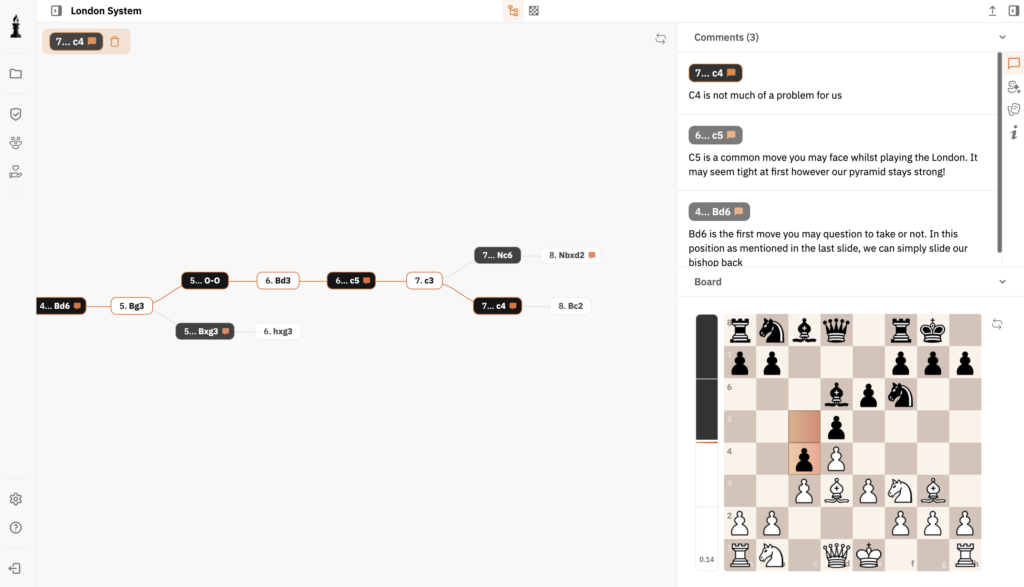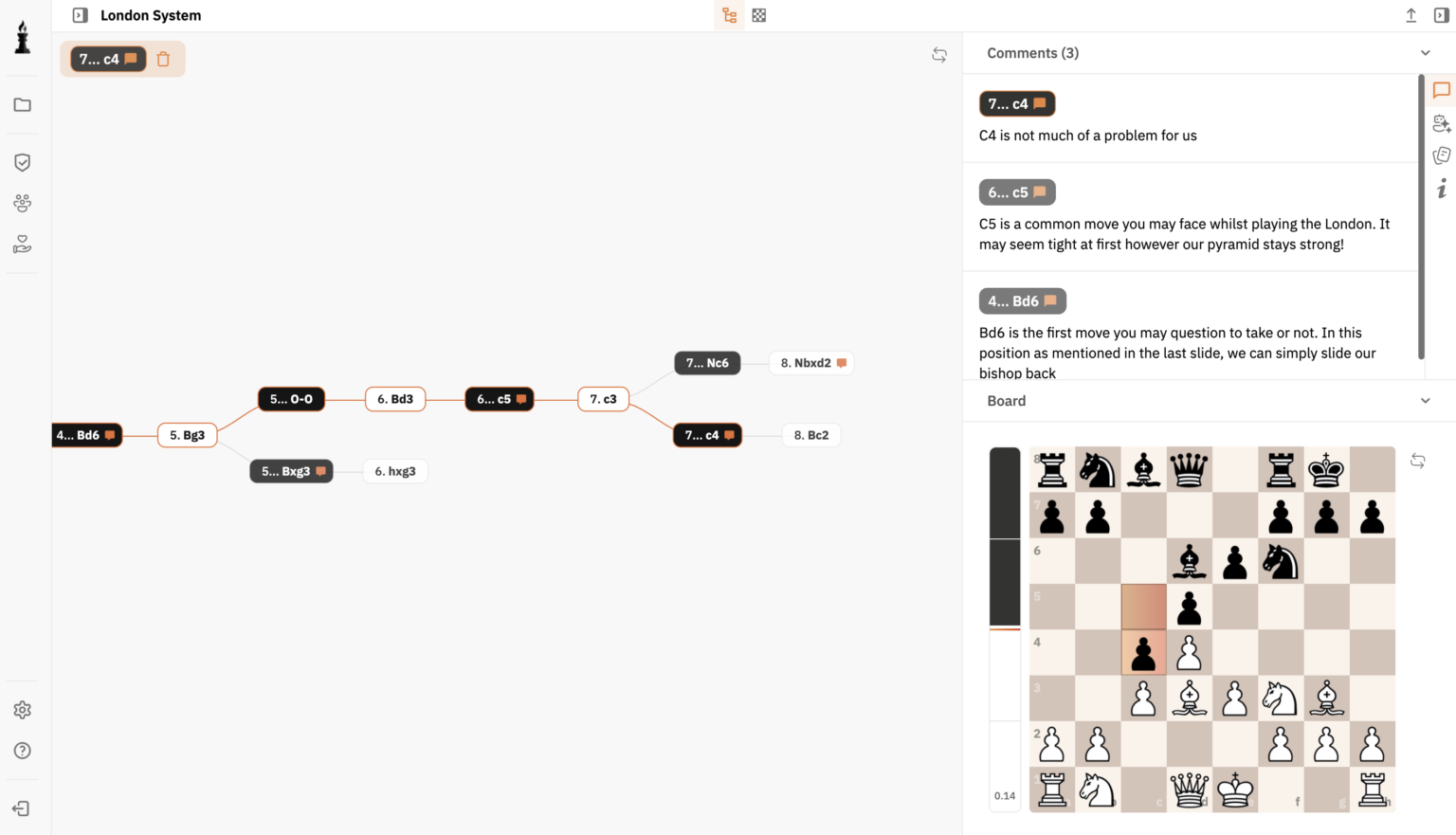Understanding Chess Piece Dynamics
In the intricate world of chess, the dynamic interaction of chess pieces is pivotal to mastering strategy and achieving victory. Each piece, from the humble pawn to the mighty queen, plays a unique role, and understanding their potential interactions can elevate your game to new heights.
Pawns: The Building Blocks
Pawns, often considered the soul of chess, are the most numerous and yet the weakest pieces on the board. Their initial sporadic movement can transform dramatically through pawn promotion, offering potential for a major piece like a queen. A crucial aspect to note is the formation of pawn structure, which can dictate the flow of the game and provide strategic depth. An isolated pawn can be a weakness or an opportunity, dictating the strategy based on surrounding pieces and potential for leverage.
Knights and Bishops: The Minor Pieces
Minor pieces, namely knights and bishops, bring unique strategies. Knights, with their L-shaped moves, can weave through steel-solid pawn structures, orchestrating brilliant forks. The bishop, with diagonal domination, enacts powerful skewers and pins, leveraging open diagonals in both open and closed games.
The Rooks and the King
Rooks embody power in open ranks, contributing to various tactical themes such as discovered attacks and the formidable double check. Meanwhile, the king’s quiet movements are deceptively tactical, influencing opposition strategies in endgames.
Queens: Command and Control
The queen is the most versatile piece, orchestrating the complex dance of strategy and tempo. While its value in terms of chess piece value is undisputed, its real power lies in strategic deployment, enabling double attacks and portending game-ending checkmates.
Strategic Harmony and Tactics
The harmony between these pieces leads to robust chess strategy. Techniques like prophylaxis can prevent opposing plans before they materialize. Utilizing tools like the Chess PGN Editor allows analysis of previous games to understand strategic successes and blunders better.
Importance of Tactical Training
Robust tactical understanding can transform positions. Utilizing online tools like Chess Games Analysis enriches player growth, highlighting areas for development. Game analysis often shows how forced moves and tactical motifs, including forks and pins, determine pivotal battles.
Conclusion
An appreciation of each piece’s dynamics within the broader tactical framework reveals chess’s profound depth. Mastering this understanding fosters strategic foresight, creating a more profound connection to the game. Explore the interlocking elements of analogy and tactical execution with the Online Chess Database, enhancing your path to chess mastery.
Pawns are fundamental in shaping the pawn structure and influencing strategic flow. They can promote into powerful pieces, thus altering the dynamics of the game.
Knights excel in closed positions with their unique movement, while bishops thrive in open diagonals, executing long-range attacks and control.
The queen’s versatility allows it to control large swathes of the board, executing checkmates, double attacks, and commanding strategic presence.
Strategically unifying pieces creates a harmonious position that can overwhelm opponents through tactical combinations and defensive solidity.





